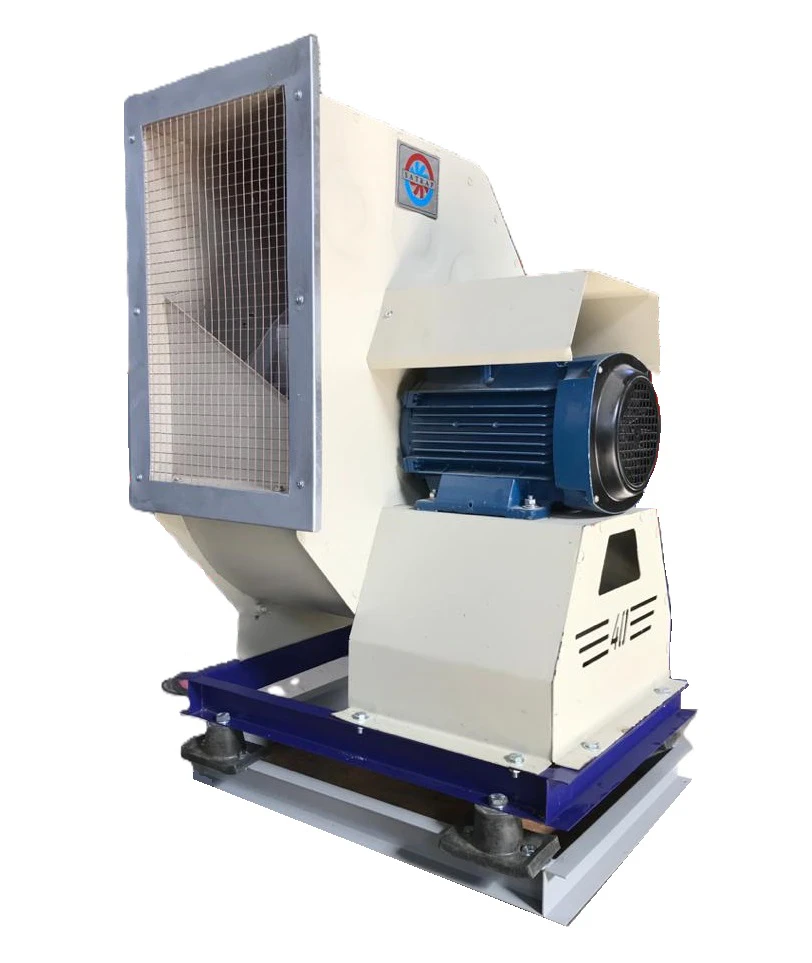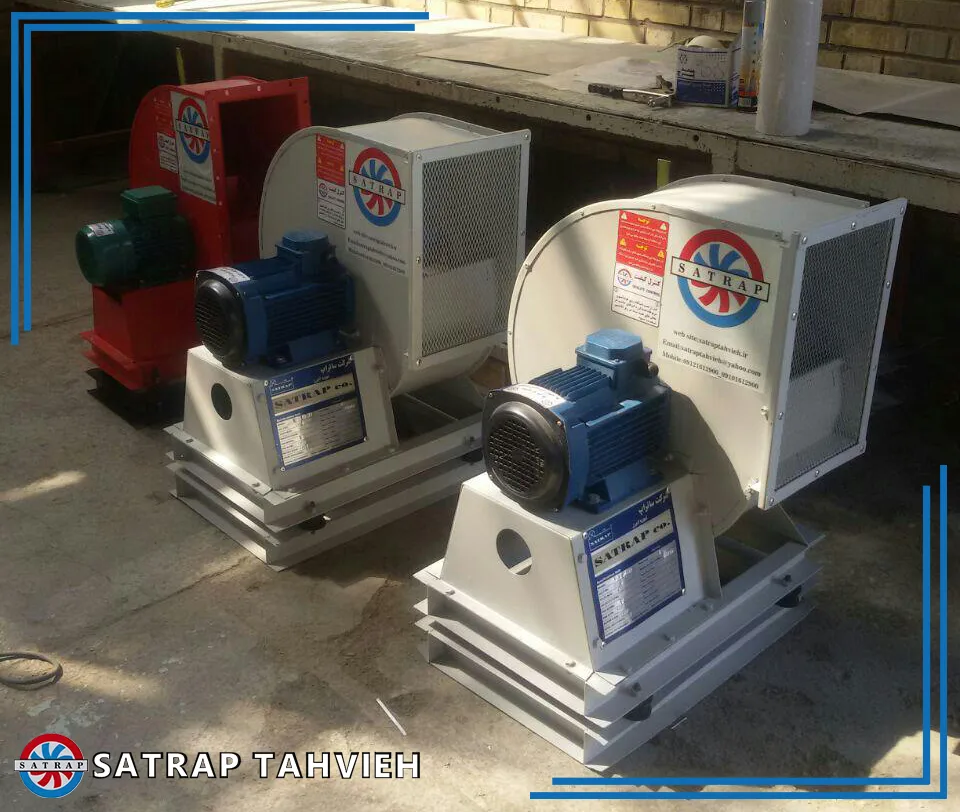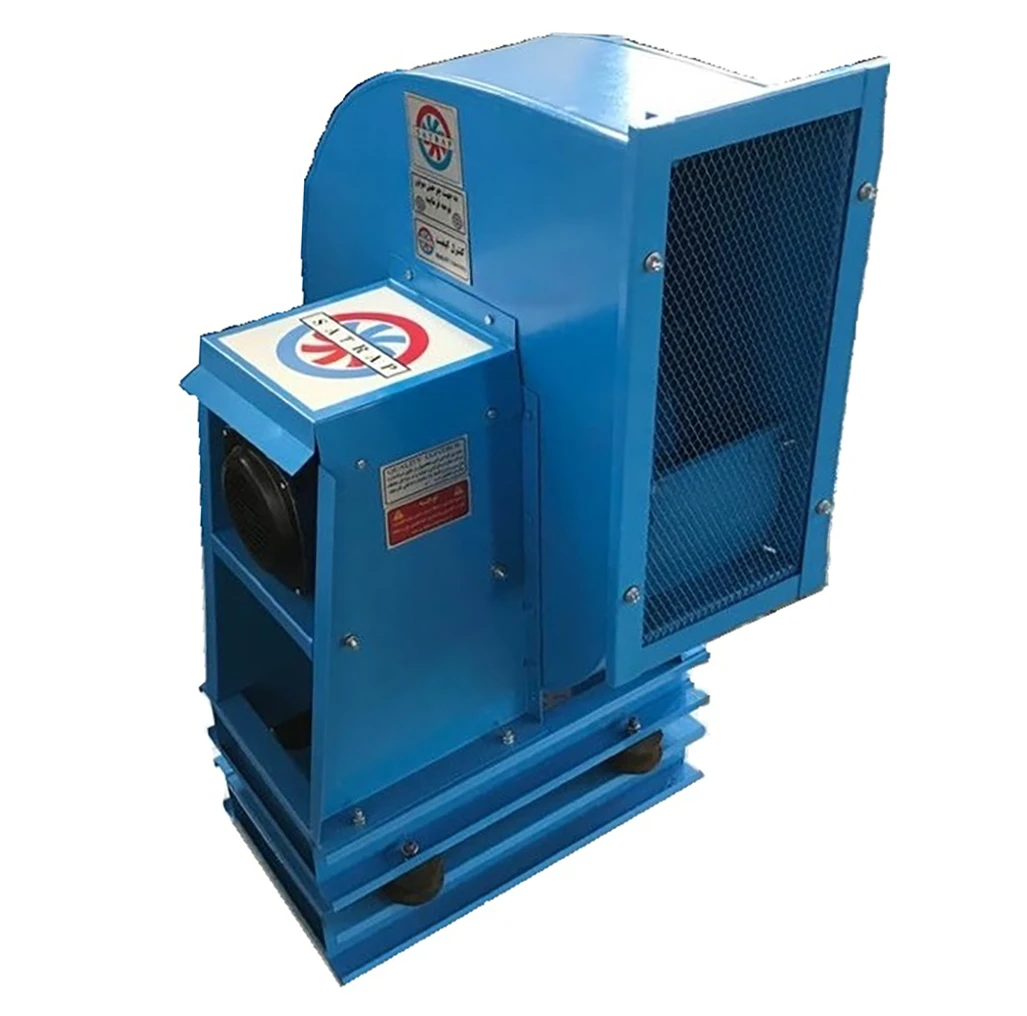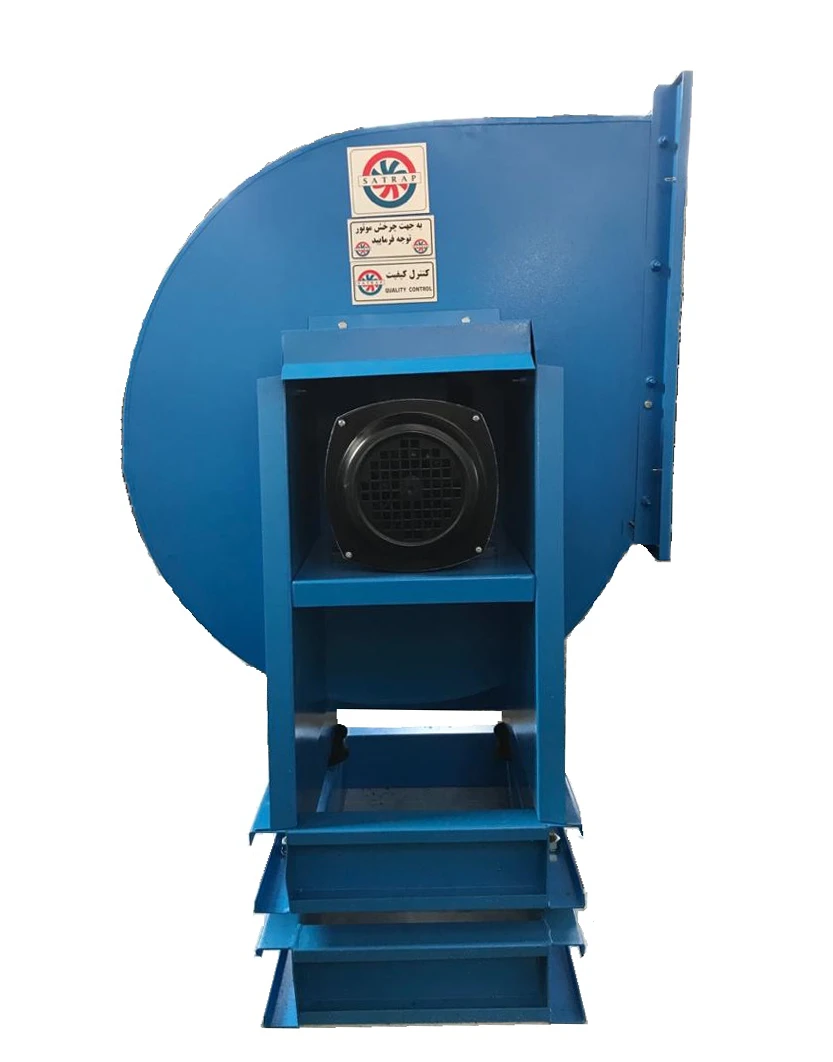Description
exhaust fans use an electric motor to rotate a propeller. The propeller directs the air towards an outlet that is connected to the outside of the building. These devices are usually available in various sizes. The size of the fan should be proportional to the size of the space it is being used for.
exhaust fans usually have an air filter that is used to prevent dust and other particles from entering the fan. Some typical exhaust fans have a timer switch that can be used to turn the fan on and off at specific times. These devices are an effective way to improve indoor air quality and prevent mold and mildew growth.

Common Exhaust Fan Applications:
- Exhausting hot and humid air from bathrooms and showers
- Exhausting hot and humid air from kitchens
- Exhausting polluted air from offices and other commercial spaces
- Exhausting polluted air from workshops and other industrial areas
Benefits of Common Exhaust Fans
- Improved indoor air quality: Exhaust fans help improve indoor air quality by removing hot, humid, and polluted air. This can reduce the risk of respiratory illnesses and allergies.
- Prevents mold and mildew growth: High humidity can lead to mold and mildew growth. Exhaust fans help prevent mold and mildew growth by reducing humidity.
- Reduces odors: Exhaust fans help create a clean and healthy environment by removing unpleasant odors.
- Reduces humidity: Exhaust fans help reduce humidity in an area by removing moist air. This can prevent problems such as mold growth, rust, and decay.
- Improves safety: Exhaust fans help improve safety in industrial and commercial environments by removing hot air and fumes.
Overall, common exhaust fans are an effective way to improve indoor air quality and create a healthy and safe environment.
Types of Common Exhaust Fans
Common exhaust fans come in various types, each designed for a specific application. Some common types of common exhaust fans include:
Ceiling exhaust fans: These fans are typically installed in the ceilings of bathrooms, kitchens, and other commercial and industrial settings.
Wall exhaust fans: These fans are typically installed in the walls of bathrooms, kitchens, and other residential settings.
Duct exhaust fans: These fans are typically installed in ductwork and are used to remove contaminated air from industrial environments.
Safety tips for using common exhaust fans
- Install exhaust fans in a location that is easy to access.
- Clean exhaust fans regularly.
- If your exhaust fan is making noise, have it repaired.
- If your exhaust fan is not working, replace it.
Choosing the Right Exhaust Fan
When choosing an exhaust fan, there are several factors to consider, including the size of the space, the level of humidity and pollution in the environment, and the type of application for the fan.
Size of the Space
The first factor to consider is the size of the space where the exhaust fan will be used. The fan’s ventilation capacity should be proportional to the size of the space. If the fan’s ventilation capacity is insufficient, it may not be able to effectively remove hot or polluted air from the environment.
Level of Humidity and Pollution in the Environment
If the space where the exhaust fan will be used has high humidity or pollution levels, a fan with a higher ventilation capacity should be used. Fans with higher ventilation capacities can remove more air from the environment and consequently improve indoor air quality.
Type of Fan Application
The type of fan application should also be considered when choosing an exhaust fan. For example, a fan with a lower ventilation capacity is needed to remove hot air from an office than a fan needed to remove polluted air from an industrial workshop.
Other Factors to Consider
Other factors that may be considered when choosing an exhaust fan include:
- Noise level: Some fans produce more noise than others. If fan noise is important to you, you should choose a fan with a lower noise level.
- Energy consumption: Fans consume energy. If energy costs are important to you, you should choose a fan with lower energy consumption.
- Installation type: Fans can be installed on the ceiling, wall, or duct. The installation type of the fan must be compatible with the space where it will be used.

Factors affecting the price of a regular exhaust fan
- Fan size: Larger exhaust fans have a higher airflow capacity and therefore cost more.
- Fan type: Ceiling, wall, and duct exhaust fans have different prices.
- Body and impeller material: Exhaust fans with metal bodies and impellers are more expensive.
- Fan speed: Exhaust fans with higher speeds are more expensive.
- Motor power: Exhaust fans with higher motor power are more expensive.
- Noise level: Exhaust fans with lower noise levels are more expensive.
- Energy consumption: Exhaust fans with lower energy consumption are more expensive.
- Other features: Exhaust fans with additional features such as air filters, timers, and humidity sensors are more expensive.
To get the exact price of regular exhaust fans in Iran, you can contact our experts at Satraptahvieh Alborz.



Reviews
There are no reviews yet.